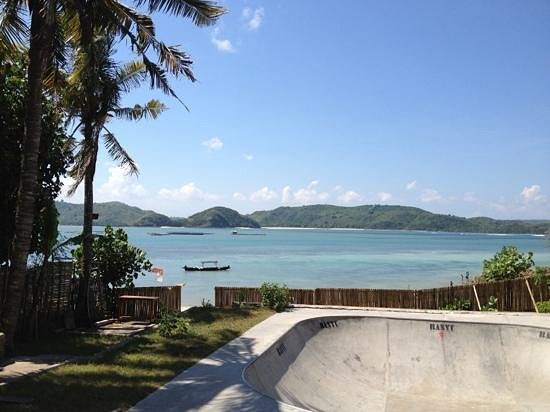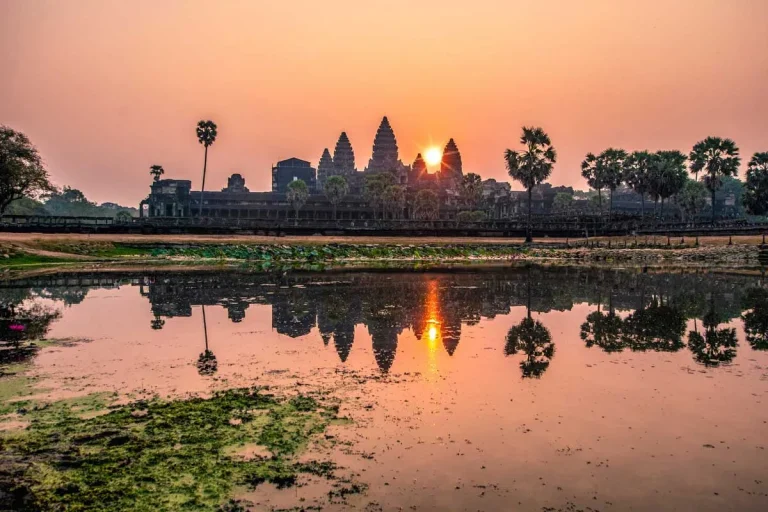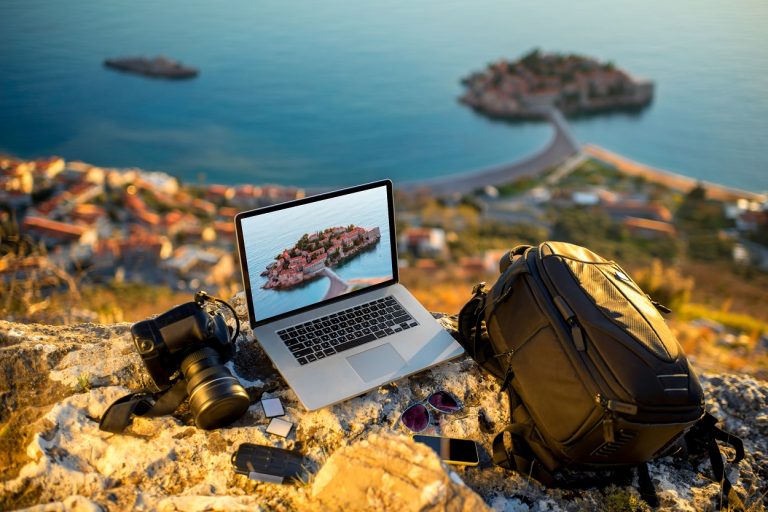Exploring the Route from Angkor Wat to Siem Reap Floating Village
A Journey That Blends Ancient Majesty with Everyday Cambodian Life
Travelers in Cambodia are often spellbound by the magnificence of Angkor Wat. However, just beyond the stone corridors of this ancient temple complex lies another world—one floating gently on the waters of Tonle Sap Lake. The route from Angkor Wat to Siem Reap floating village is more than just a physical journey; it is a cultural and visual experience that contrasts grandeur with simplicity, and history with the present.
Starting at Angkor Wat: Cambodia’s Timeless Wonder
Angkor Wat is undoubtedly one of the most visited historical sites in Southeast Asia. Built in the early 12th century, this awe-inspiring temple complex stands as a testament to the grandeur of the Khmer Empire. Tourists typically begin their day watching the sunrise over the temple’s lotus-shaped towers, followed by hours exploring its vast galleries and intricate carvings.
But after soaking in the ancient glory of Angkor Wat, many travelers seek a more intimate connection with Cambodian life. This is where the floating villages near Siem Reap offer a perfect next destination.
How to Get from Angkor Wat to Siem Reap Floating Village
Getting from Angkor Wat to Siem Reap floating village is relatively straightforward and adds an exciting contrast to your travel itinerary. The floating villages are located about 15 to 25 kilometers from Angkor Wat and can be reached within 30 to 60 minutes depending on traffic and weather.
Transportation options include tuk-tuks, private cars, and organized day tours. If you prefer a guided experience, several local tour companies offer half-day and full-day packages that combine Angkor Wat and a floating village visit, making it convenient and educational.
Discovering the Floating Villages
The floating villages on Tonle Sap Lake offer a glimpse into a completely different way of life. Among the most visited are Chong Kneas, Kampong Phluk, and Kampong Khleang. These communities are built on stilts or floating platforms, with homes, schools, and shops all rising and falling with the lake’s seasonal tides.
Kampong Phluk is a favorite for its balance of tourism and authenticity. Here, visitors can take a boat ride through submerged forests, explore floating markets, and interact respectfully with local families who depend on fishing and agriculture for their livelihood.
Why This Route Is Worth Exploring
The contrast between the grandeur of Angkor Wat and the humble, water-based life of the floating villages paints a complete picture of Cambodia’s cultural identity. From Angkor Wat to Siem Reap floating village, you pass from the symbolic heart of the Khmer empire to the resilient spirit of modern-day Cambodia.
This journey offers more than stunning views—it provides insight into how communities have adapted to the natural rhythms of the Tonle Sap. Watching children paddle to school or witnessing a floating church during sunset can be just as memorable as standing before a centuries-old temple.
Responsible Travel Tips
While visiting these villages, it’s important to practice responsible tourism. Support locally owned tour operators, avoid handing out gifts to children, and be respectful when taking photos. Remember, these are real homes and communities—not tourist attractions.
Always ensure your visit contributes positively to the lives of the villagers. Many tours now include educational stops and donate part of the proceeds to local schools and community projects.
Conclusion: Embrace the Full Cambodian Experience
The trip from Angkor Wat to Siem Reap floating village is one that every traveler should consider. It combines the mystery and beauty of ancient history with the vibrant, ongoing story of Cambodia’s people. Whether you’re a history buff, a cultural explorer, or a curious tourist, this journey offers something unique and unforgettable.
So next time you plan your adventure to Angkor Wat, make sure to carve out a few hours to explore the floating villages of Siem Reap—you’ll gain not just photos, but a deeper connection to Cambodia’s living culture.







